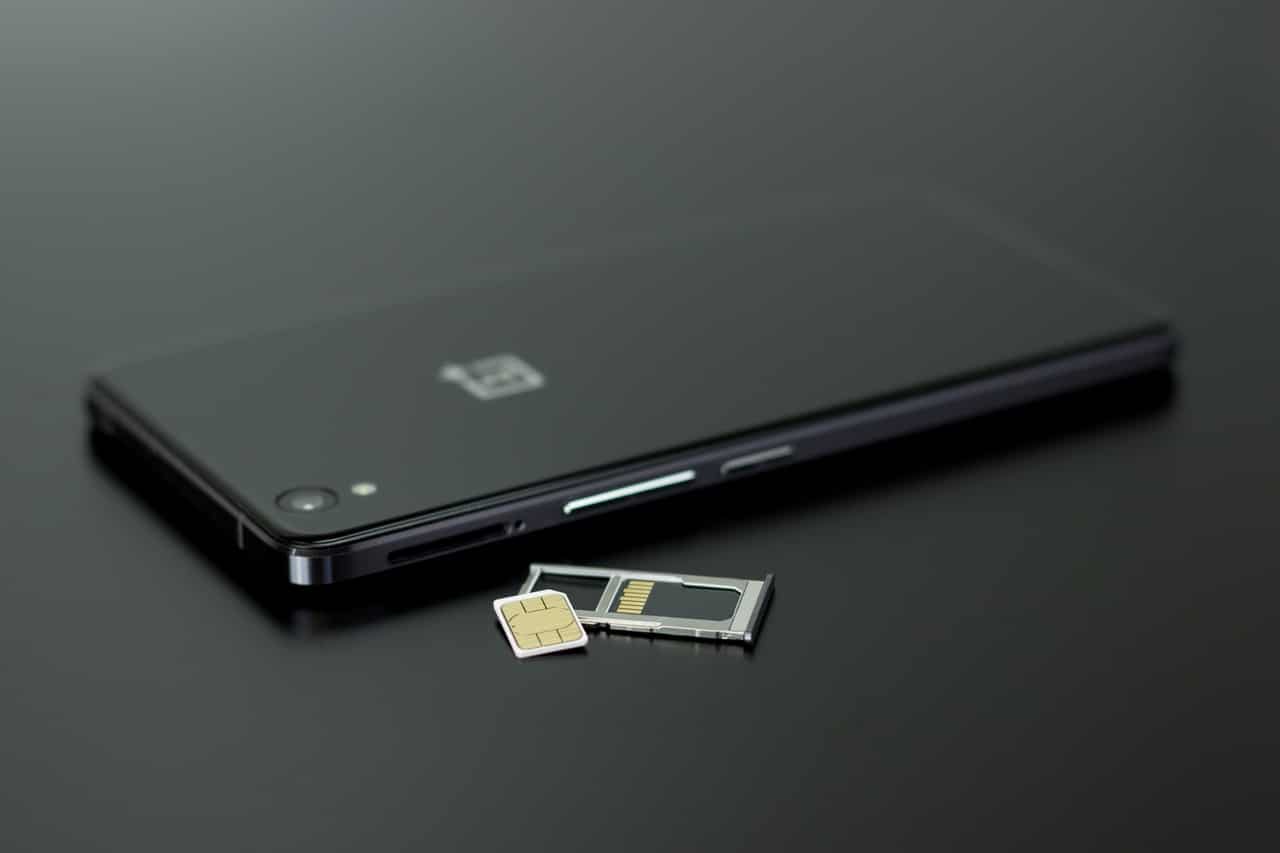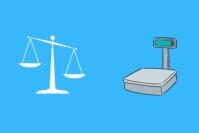One of the common problems all Android users complain about is: Android devices fill up very quickly as you keep adding new media files, latest apps and other necessary items of daily use. As the storage space starts filling up, it affects your Android phone’s or tablet’s processing time. As a result, you might experience regular lag and slow processing of your Android device. So sooner or later, this makes you realize the need to free up space on Android devices.
In the present world, most of the digital users are equipped with Android-powered smartphones. Android is an operating system (for phones and tablets) used by, more than half of the total world’s smartphone users, and officially owned and managed by Google. Android phones are highly versatile and can perform a variety of functions as per the user’s instructions. I mean, it’s something obvious while Android occupies the significant market share and it offers a whole lot variety devices which attract users more than iPhones do nowadays (especially iPhone SE). It comes with the advantage of easy customization as the users may easily customize their Android phones or tablets ranging from a small pin lock to wallpapers and themes. But all these utilities occupy space too.
Contents
- Why Should You Free Up Space On Android?
- 9 Ways to Free Up Space on Android Phones and Tablets
- #1. Move Photos & Videos to Google Photos
- #2. Embrace Default Storage Management Option
- #3. Move to Cloud Storage
- #4. Say Goodbye to the Apps You Don’t Use!
- #5. Clear the Cache
- #6. Move Apps to SD Card
- #7. Utilize Android 6.0 Feature to its Fullest Potential
- #8. Find Redundant Files and Delete Them
- #9. Install Junk Cleaners
- The Pro Review from TechReviewPro
Why Should You Free Up Space On Android?
Now, when it comes to the scene of having an Android device, should you have storage space left for stuff right? By storage, we refer to the Internal storage primarily. So, that when you’re ready to capture a moment (picture) or ask your friend to share a movie to your device, you would be willing to receive it. Who knows? You wouldn’t even get the chance for that anytime again!

Also, the media content is increasing in size. That’s way too huge compared to a few years back. For instance, you own a flagship device with 4K Video recording support, and you lend the device to your friend to record your stage performance. And, you don’t want your friend to annoy you saying- “Dad fetch my buttons! You’re low on storage!”. You’ll probably end up running out of steam on the stage. You’re smart enough to relate other annoying situations which would be troublesome. Similarly, there may be numerous reasons why you need more disk space on your Android phone.
Check out: Top 7 Free Android Calling Apps to Make Unlimited Free Calls Even in 2G
9 Ways to Free Up Space on Android Phones and Tablets
Typical Android users know that one way to free up space on Android is to delete all apps, themes, media files, etc. other utility items but they know nothing. What if I say there are many other ways to free up space on Android device than just deleting items? Sounds good? Today, you are going to learn exactly how to free up space on Android devices.
#1. Move Photos & Videos to Google Photos
Google offers the free solution to upload unlimited high-quality photos. You can just enable the backup and sync option from the Google Photos app settings. When you click on to enable the option, you’ll be offered with more options to set up, the account you’ll be backing up to, the upload quality (selecting original quality will not let you upload unlimited photos). However, it’s recommended to be on a unmetered network connection because the synchronization process takes place in the background without notifying you.
#2. Embrace Default Storage Management Option
When you have already something at your home, still you won’t utilize it and complain instead! Android already comes with the inbuilt storage management option. Simply head on to the settings of your device and look for “Storage & USB” or similar terms like “Storage Management” or “Memory Management” and others.
If you have an SD Card inserted, you’ll find two options to select from. First, one being the SD Card and the second one mentioning the Internal storage (or SD Card 0). Select the internal storage option, and you’ll find interesting and colorful statistics describing how much of the storage is occupied (by category- Apps, Images, Video, Audio, Cache, Miscellaneous or Other). See something exceeding what you expected? Just navigate your way through that and delete what’s unnecessary.
Also Read: How to Lock Apps on Android? – Top 5 Best App Lock for Android
#3. Move to Cloud Storage
Cloud storage is a method of storing data, and wherein data is stored not on your phone but on anyone else’s (trusted company) servers. Many of us know about cloud storage, but still, we are reluctant to use it; maybe we are afraid of data security. But let me tell you, Cloud storage is the storing cloud (device) of the future.
There are lots of trusted companies that let you store your data on their servers for free up to a certain limit and then you need to pay in agreement with space you need. The biggest advantage of cloud storage is that the stored data can be accessed from anywhere on this planet, the only thing you require is a registered account and login credentials.
#4. Say Goodbye to the Apps You Don’t Use!
Usually, with the improvements in Internet connectivity, a lot of ISPs offer huge data cap limits or even unlimited data usage plan. So, users go on trying out various apps (Play Store isn’t short of it!) and keep them installed even if they don’t use or simply forget to use.
So, you should regularly check your app lists to be updated with only the applications you use. If you notice there’s an app which you don’t need anymore for any reason, uninstall it for good!
How to: Share Large Files Online Securely for Free Using Free Large File Sharing Tools?
#5. Clear the Cache
When you use a lot of apps, some of them store the data, web pages, images and others to let the user access the same content quickly as soon as the user launches the app again. For instance, Facebook caches the images and media content to give a quick user experience even on a slow network connection. It doesn’t affect much at the start. But, when several apps cache most of the content, you realize that a lot of storage space is wasted on that. Sometimes even a couple of Gigabytes, if ignored for a long time.
In order to clean cache, go to Settings > Apps > select an app > clear data.
Note: In the case of apps like WhatsApp, clearing data may lead to loss of all of your conversations. So it is recommended to take backup of your WhatsApp conversation if they are important for you.
See: 25+ Cool Desktop Background Wallpaper Images for Free Download
#6. Move Apps to SD Card
When you have a lot of apps installed, and none of them are useless to you. Then captain (SD Card) has come to the rescue! You’ll have to move the apps to SD Card which would minimize internal storage space.
Note: Don’t move those apps which won’t function by moving to SD Card.
Read: 15 Best PDF Reader for Android to Read PDF on Android Mobile or Tablets
#7. Utilize Android 6.0 Feature to its Fullest Potential
This one’s exclusively for the devices running on Android 6.0. It’s more like to maximize the storage rather freeing it up. On Android 6.0 Marshmallow, it lets you set the SD Card as an internal storage option (default). So, you could benefit from this opportunity by setting up a quality SD Card of more than 64 Gigs, which would almost take away all the hassles you put to free up your storage space.
Check: Top 10 {Free} Best Download Managers for Android
#8. Find Redundant Files and Delete Them
Redundant files simply mean duplicate files. There’s a sound possibility that you must be having duplicate files on your device. Let it be multimedia files, text files and other log files. Clean them up if you find duplicates and free up space on Android.
#9. Install Junk Cleaners
Junk cleaners are third party Android apps that clean even the smallest part of your phone, with your permission. There are a lot of junk cleaning apps available in the play store that can identify even the most minor part of garbage which we often neglect or we are unable to recognize.
These apps perform an all round 360-degree check of your phone in one go and tell about all the junks available on your phone. After that, the junk cleaners ask permission if they can delete it. And you see increased available disk space.
Also Read: Top 10 Best Android Call Recorder Apps to Record Phone Calls on Android
The Pro Review from TechReviewPro
If you have a device running on Android 6.0 or above, it would be a better option to set a larger capacity SD Card as your default storage location if you’re serious about storage management. But, irrespective of being a power user or a casual user, all the ways as mentioned above will help you squeeze out the most of the storage space, and you could then put it to good use.
Did I miss any? Add it using the comment box below.
Don’t Miss:
- 9 Best Battery Saving App for Android to Boost Smartphone Battery Life
- Top 10 Free Movie Apps for Android to Watch Free Movies on Android
- 15 Best Wifi Booster App for Android to Boost Wifi Signal Strength
- Top 10 Best Mp3 Downloader Android Apps to Download Free MP3 Music on Android
- Amazing WhatsApp DP: 175+ Cool, Funny, and Spicy WhatsApp Profile Pics Collection





Comments on this entry are closed.
Thanks! You helped me. 🙂